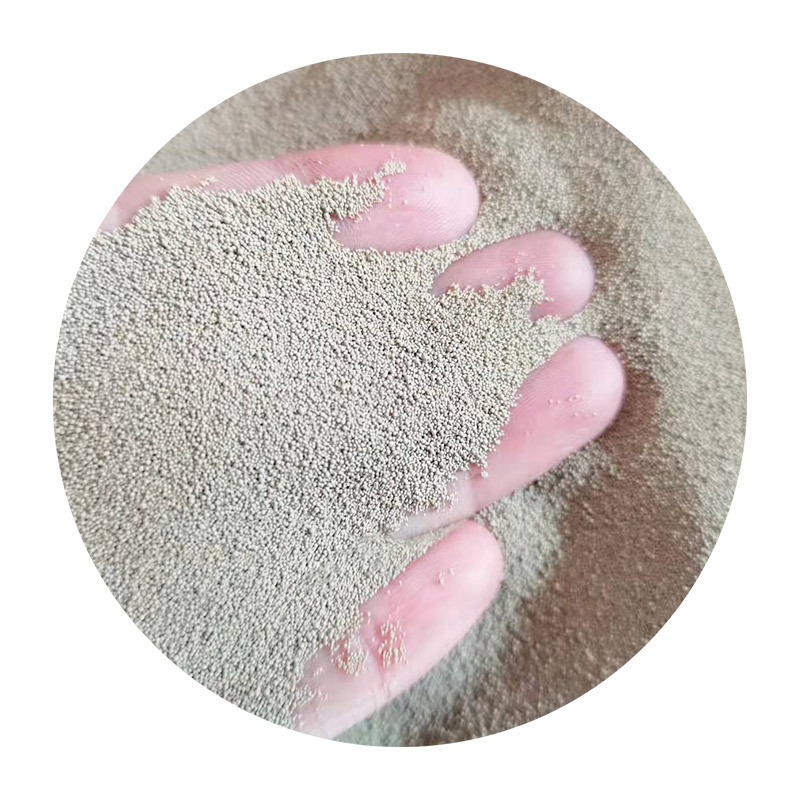Understanding the Sand Casting Process
Sand casting, a highly versatile and widely used metal casting process, has been an integral part of manufacturing for centuries. This technique involves pouring molten metal into a mold made of sand, making it suitable for producing complex shapes, intricate designs, and a variety of metal components. Its popularity in various industries, including automotive, aerospace, and art, stems not only from its efficiency but also from its cost-effectiveness.
The Basics of Sand Casting
The sand casting process begins with the creation of a mold. The mold is typically formed in two halves using a mixture of sand, clay, and water. This mixture is packed around a pattern, which is a replica of the final product. The pattern can be made from various materials such as wood, metal, or plastic, and its dimensions are slightly larger than the desired final product to accommodate for shrinkage during cooling.
Once the pattern is packed in sand and the mold is formed, the two halves are carefully separated, and the pattern is removed. This leaves a cavity that is an exact negative of the desired shape. To create the mold, various techniques can be employed, including green sand molding, where the sand is moist, and dry sand molding, where it is baked to achieve higher strength.
Pouring the Metal
With the mold ready, the next step is to prepare the molten metal. The metal is heated in a furnace until it reaches a liquid state, at which point it is carefully poured into the mold cavity. The design of the mold, including any feeder and riser systems, is crucial at this stage. These systems help ensure that the molten metal fills the entire cavity and compensates for shrinkage as the metal cools and solidifies.
During the pouring process, operators must be vigilant about temperature control and speed to avoid defects like cold shuts or blowholes, which can compromise the integrity of the casting. The duration of the pouring and the cooling time is determined by the volume of the casting and the thermal properties of the metal being used.
sand casting process

Cooling and Finishing
After the metal has been poured, it needs time to cool and solidify. The cooling rate can affect the microstructure and mechanical properties of the final casting. Once the metal has completely solidified, the next step is to break open the sand mold — a process often done using vibration or mechanical means.
Following demolding, the casting may require finishing processes, such as grinding, machining, or polishing, to achieve the desired surface finish and dimensional accuracy. These finishing touches are crucial, especially in applications where precise tolerances are required.
Advantages of Sand Casting
One of the primary advantages of sand casting is its capability to produce large and intricate parts. It also allows for a wide range of metals to be used, including ferrous and non-ferrous alloys. Sand casting is relatively inexpensive because the materials (sand and metal) are readily available and the process can be easily automated.
Moreover, sand molds can be reused multiple times, making this process environmentally friendly and economically sustainable. The flexibility in sand casting also allows for rapid prototyping and short production runs, catering to various industries and applications.
Conclusion
In conclusion, sand casting is a fundamental manufacturing technique that has stood the test of time. Its ability to produce complex shapes cost-effectively and efficiently makes it a preferred choice in many sectors. As technology evolves, so too does the sand casting process, continuously improving in precision, speed, and environmental impact, proving that this traditional method remains relevant and valuable in modern manufacturing.
Post time:Th12 . 12, 2024 10:53
Next:using sand in resin
